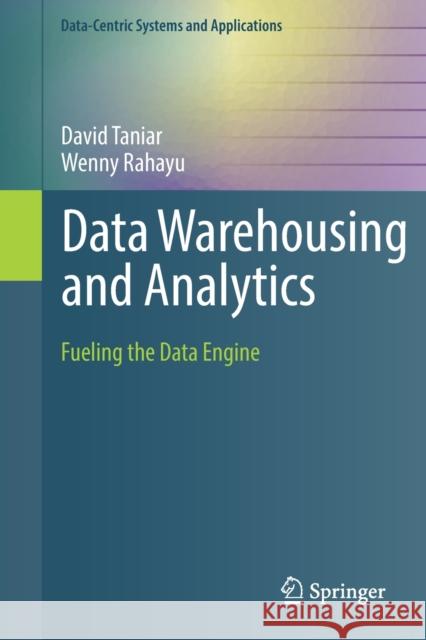Data Warehousing and Analytics: Fueling the Data Engine » książka
topmenu
Data Warehousing and Analytics: Fueling the Data Engine
ISBN-13: 9783030819781 / Angielski / Miękka / 2022 / 640 str.
Kategorie:
Kategorie BISAC:
Wydawca:
Springer
Seria wydawnicza:
Język:
Angielski
ISBN-13:
9783030819781
Rok wydania:
2022
Wydanie:
2021
Numer serii:
000308056
Ilość stron:
640
Waga:
0.90 kg
Wymiary:
23.39 x 15.6 x 3.35
Oprawa:
Miękka
Wolumenów:
01
Dodatkowe informacje:
Wydanie ilustrowane











